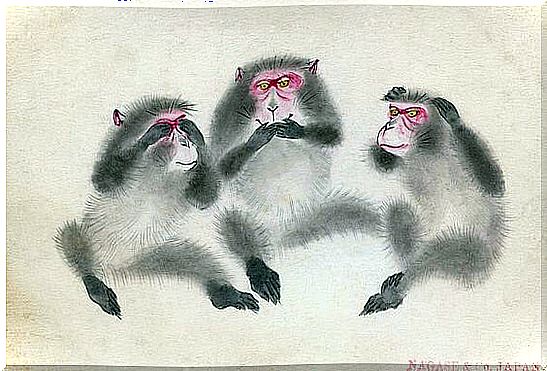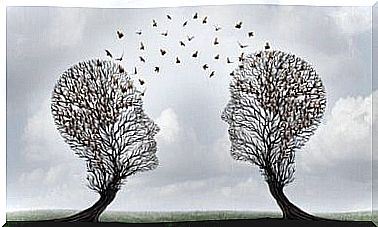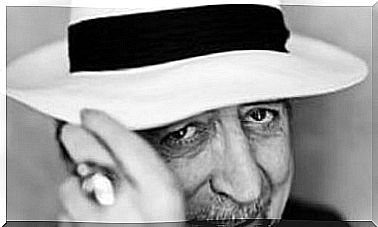The Lesson Of The Three Wise Monkeys Of The Toshogu Shrine

The lesson of the wooden sculpture of the Toshogu Shrine, those three wise monkeys, inspires us to this day.
The original message was simple and profound: ‘Do not listen to what will lead you to do evil’, ‘Do not see bad behavior as natural’ and ‘Do not speak evil without cause’.
Interestingly, time and our western worldview have simplified teaching a bit, giving rise to the classic “hear, see and be silent.” A motto that we even see in emojis, but which slightly distorts the original idea.
However, the lesson goes further. This sixteenth-century work, which was erected in honor of the shogun Tokugawa Ieyasu, has its origins in the teachings of Confucius. For many, the message of the three monkeys also has a lot to do with Socrates’ ‘three filters’.
We can always learn a lot if we immerse ourselves in this classic iconography and traditional wisdom. Let’s think about it and update our knowledge a bit.
The three wise monkeys of Toshogu embody the moral code and mystique we love, and we want to share it with you today.

What the legend says about the three wise monkeys
The legend of the three wise monkeys has its origins in Chinese mythology. It tells a striking story with three striking characters.
The protagonists are Kikazaru, the monkey who does not hear, Iwazaru, the monkey who does not speak, and Mizaru, the monkey who does not see.
These three unique beings were sent by the gods as observers and messengers. In other words, they were to observe the good and evil of mankind and report them to the gods.
These divine messengers cast a spell, giving them two virtues and one defect, such as the following:
- Kikazaru, the deaf monkey, is the one who watched everyone who did bad things. Later he conveyed this with his voice to the blind monkey.
- Next, Mizaru, the blind monkey, is the one who relays the messages from the deaf monkey to the dumb monkey, Iwazaru.
- Thus, Iwazaru is the one who receives the messages from the blind monkey. It was Iwazaru who watched over the fulfillment of the punishment that the gods inflicted on man, because he was the one who decided what punishment they should receive.
What emerges from this story is, first of all, the need to always keep our minds pure. It teaches us not to listen to anything that leads us to do evil. It tells us not to speak without reason and not to see bad deeds as natural.
Socrates’ three filters
There is an interesting parallel between the legend of the three wise monkeys and this story of the Greek philosopher.
Here he tells that one of his students came to his house one morning to tell him about a rumor. Much to the young man’s dismay, the wise man explained that before revealing the news, he should consider these three things:
- First, the rumor you’re about to tell me… has it been confirmed? Do you think it is a TRUTH?
- Next, is what you want to tell me at least GOOD?
- Finally, what are you going to tell me? Is it really helpful or NECESSARY?
These three filters, as we see, have a lot to do with what each monkey of the Toshogu Temple represents.
Kikazaru, the monkey who covers his ears

Kikazaru is not only wise, but also careful. He is the monkey on the left and tells you to cover your ears before hearing certain information if you want to keep your harmony.
So it’s not about whether you have to evade certain data, the truth or the evidence. It is not a cowardly attitude, but rather it is filtering information that is not useful but harmful, to protect your integrity.
The Monkey Covering His Mouth: Iwazaru
Iwazaru is the monkey in the middle, who represents the need not to transmit evil and not to spread gossip. Especially also to be very careful when spreading stories that, as Socrates tells us with his triple filter test, are not true, are not good, nor are they useful.
Mizaru, the blind monkey
From a Socratic point of view, Mirazu is an invitation to close your eyes to what doesn’t work, isn’t useful, isn’t good… Again, it’s not passive or cowardly.
It’s not about turning the other cheek, or forgiving evil (remember, legend has it that it’s the monkeys themselves who decide the punishment).
Rather, it is about having a wise perspective, about someone who knows right from wrong. It’s also about punishing evil to equate with goodness, and people who encourage us to be better.
Finally, when it comes to the three wise monkeys and the three filters of Socrates, we can draw one primitive doctrine, which has survived for centuries, and is now more useful than ever.
We must be careful with what we say, wise with what we listen to, and skilful with what we look at. Three guidelines for peace and happiness.








